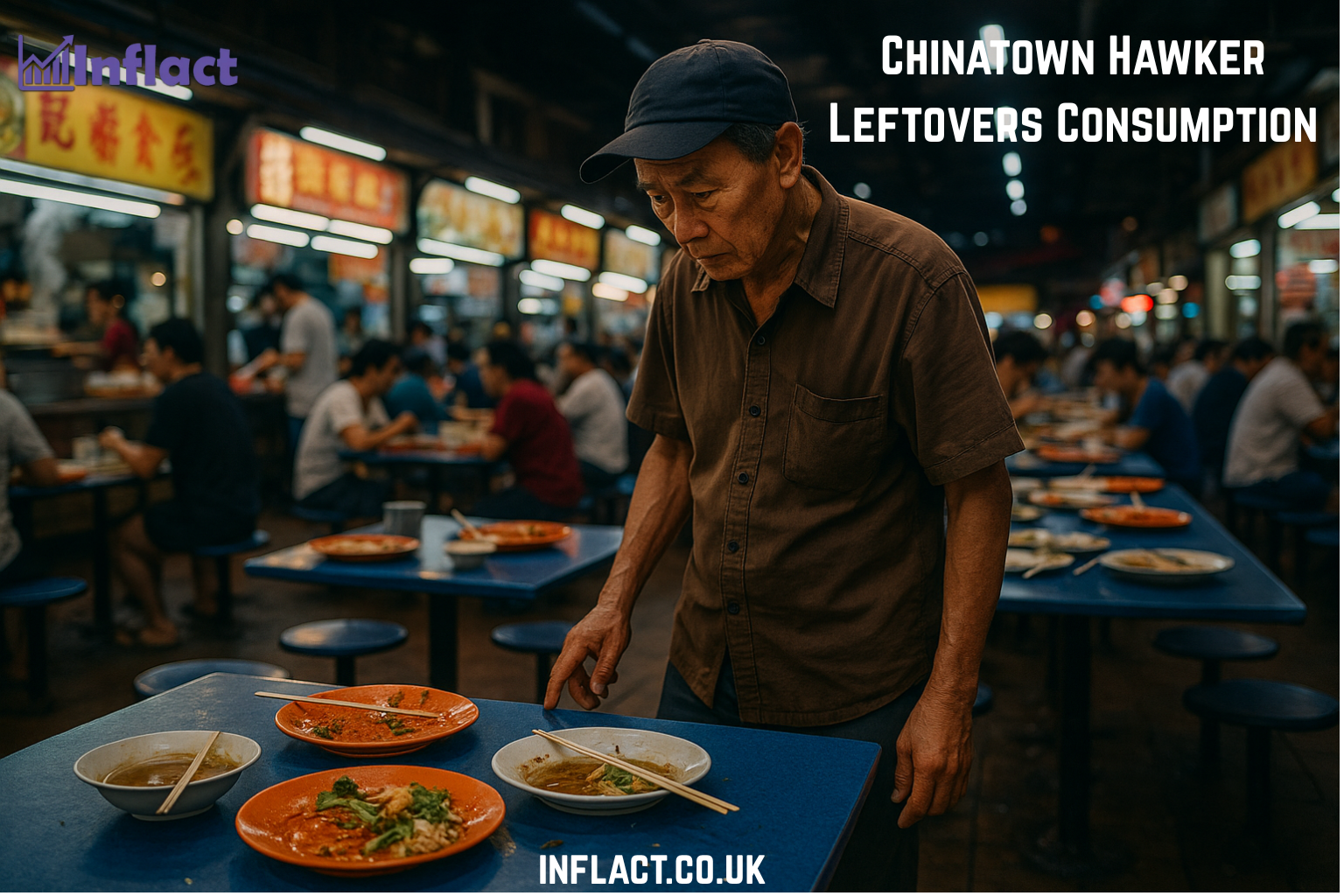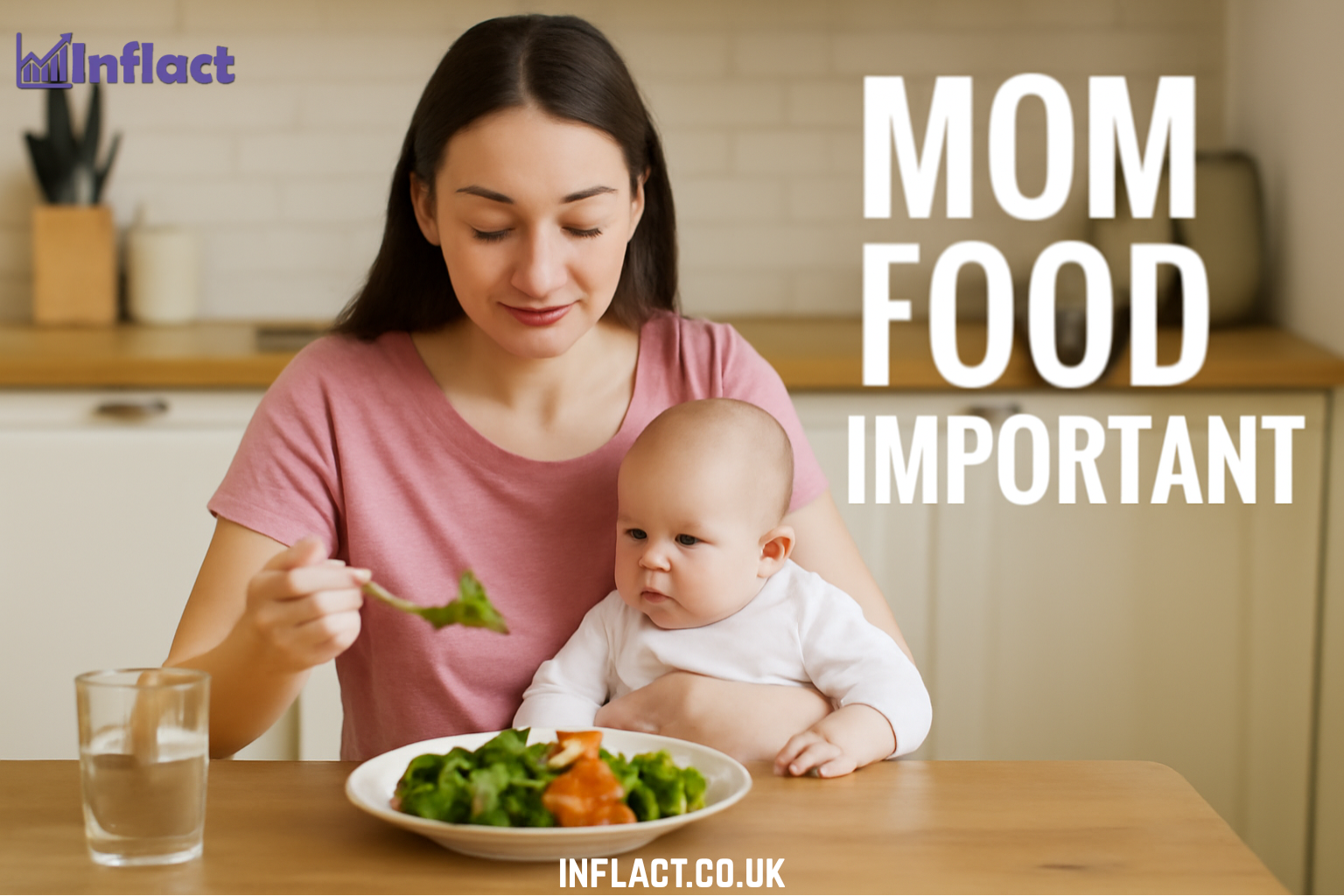Introduction
In bustling Chinatowns across Asia and the world—such as those in Singapore, Malaysia, and Hong Kong—hawker centres represent more than just food stalls; they are deeply rooted in community, tradition, and culinary identity. But as vibrant and authentic as these food hubs are, a growing trend has surfaced that demands attention: the consumption of hawker leftovers.
Whether driven by environmental concern, economic hardship, or cultural thrift, some individuals have taken to collecting or consuming leftover food from hawker centre tables and trays. This practice, while born of noble intentions such as reducing food waste, raises important questions about food safety, public hygiene, and social welfare.
The Cultural Context: Food as a Precious Resource
In many Asian cultures, especially within Chinese communities, wasting food is frowned upon. Traditional values emphasize thrift, frugality, and respect for food as a symbol of livelihood and family effort. Within this framework, Chinatown hawker leftovers consumption can be seen not just as necessity, but as a form of cultural preservation.
For the elderly or economically disadvantaged, eating untouched leftovers isn’t just about hunger—it’s a conscious effort to avoid waste. In some cases, diners may pick food from recently vacated tables, confident it remains uncontaminated. To them, every grain of rice counts is more than a saying—it’s a way of life.
Also Read: Picada: A Latin American Culinary Tradition of Sharing and Flavor
The Environmental Angle: Reducing Food Waste
One of the less controversial aspects of leftover consumption is its alignment with sustainability goals. Globally, one-third of all food produced is wasted. In Singapore alone, over 800,000 tonnes of food are discarded annually, a significant portion of which comes from hawker centres and restaurants.
By consuming surplus or leftover food:
- Individuals help cut down on organic waste.
- Hawkers save money on disposal and packaging.
- Municipal services reduce their burden of waste management.
Environmental advocates often cite this practice as a form of informal food rescue, though they stress that such actions should occur within proper food safety frameworks.
Public Health and Food Safety Concerns
Despite cultural and environmental motivations, health experts warn against the risks of consuming hawker leftovers. Once food is exposed to air, shared surfaces, and time, it becomes susceptible to:
- Bacterial contamination (e.g., E. coli, Salmonella)
- Cross-contamination from used utensils, trays, or unwashed hands
- Temperature abuse, where food sits too long in the danger zone (5°C to 60°C)
In response, cities like Singapore have implemented tray return systems and signage reminding patrons to dispose of uneaten food responsibly. Authorities such as the Singapore Food Agency (SFA) stress that leftover consumption poses serious public health hazards, especially in shared spaces.
Step-by-Step Guide: Safer and Smarter Ways to Prevent Food Waste
If you’re passionate about cutting food waste—but want to avoid health risks—there are better ways to contribute without scavenging or consuming unsafe leftovers.
Step 1: Use Food Rescue Apps
Apps like Treatsure (Singapore) and OLIO (global) allow users to buy surplus hawker food at a discount safely and legally.
Step 2: Donate or Volunteer with Food Charities
Organizations like Willing Hearts, Food Rescue Sengkang, and Food from the Heart help collect unsold but safe food for redistribution.
Step 3: Bring Your Own Containers
Encourage hawkers to pack extra portions in reusable containers at the end of the day for discounted sale or donation.
Step 4: Educate and Advocate
Share knowledge with your community about the importance of reducing food waste through safe, structured programs.
Step 5: Support Policy Initiatives
Push for policies that incentivize hawkers to reduce overproduction or legally donate unused food.
Societal Stigma and Shifting Perceptions
Many who engage in hawker leftover consumption face social stigma, often being viewed as unhygienic or desperate. However, this narrative is shifting. With the rise of zero-waste movements, circular economy discussions, and urban sustainability campaigns, there is greater acceptance of practices that challenge consumerism and overabundance.
Still, advocates argue that the solution lies in systematized surplus food management—not informal scavenging. Respecting dignity, health, and food safety standards should remain at the core of any waste-reduction effort.
Also Read: Is Fojatosgarto Hard to Cook? A Complete Beginner’s Guide to This Hungarian Comfort Dish
Conclusion
The topic of Chinatown hawker leftovers consumption is nuanced. While it reflects deeply ingrained cultural values and speaks to broader environmental concerns, it also raises legitimate food safety and social equity questions. A more compassionate and structured approach—where leftover food is rescued, repackaged, and redistributed—may be the best way forward.
Rather than stigmatize or ignore this practice, society must look for sustainable, safe, and scalable solutions that balance health concerns with food security. After all, in every leftover lies a lesson: about gratitude, responsibility, and the hidden cost of waste.
Frequently Asked Questions (FAQs)
1. Is it legal to eat leftovers at hawker centres?
While not outright illegal, it is discouraged in many places like Singapore due to health concerns. Hawker centres often enforce quick tray returns to prevent scavenging.
2. Why do people eat hawker leftovers?
Some do it out of necessity or frugality, while others aim to prevent food waste. It’s often a mix of economic, cultural, and environmental motivations.
3. Are there safer ways to prevent food waste?
Yes. Food rescue apps, volunteer organizations, and donation programs allow food to be safely repurposed and distributed to those in need.
4. What are the risks of consuming hawker leftovers?
Risks include exposure to harmful bacteria, cross-contamination, and spoiled food due to lack of temperature control.
5. How can I support food waste reduction without health risks?
Support eco-conscious hawkers, use food rescue platforms, bring reusable containers, and advocate for community redistribution programs.




